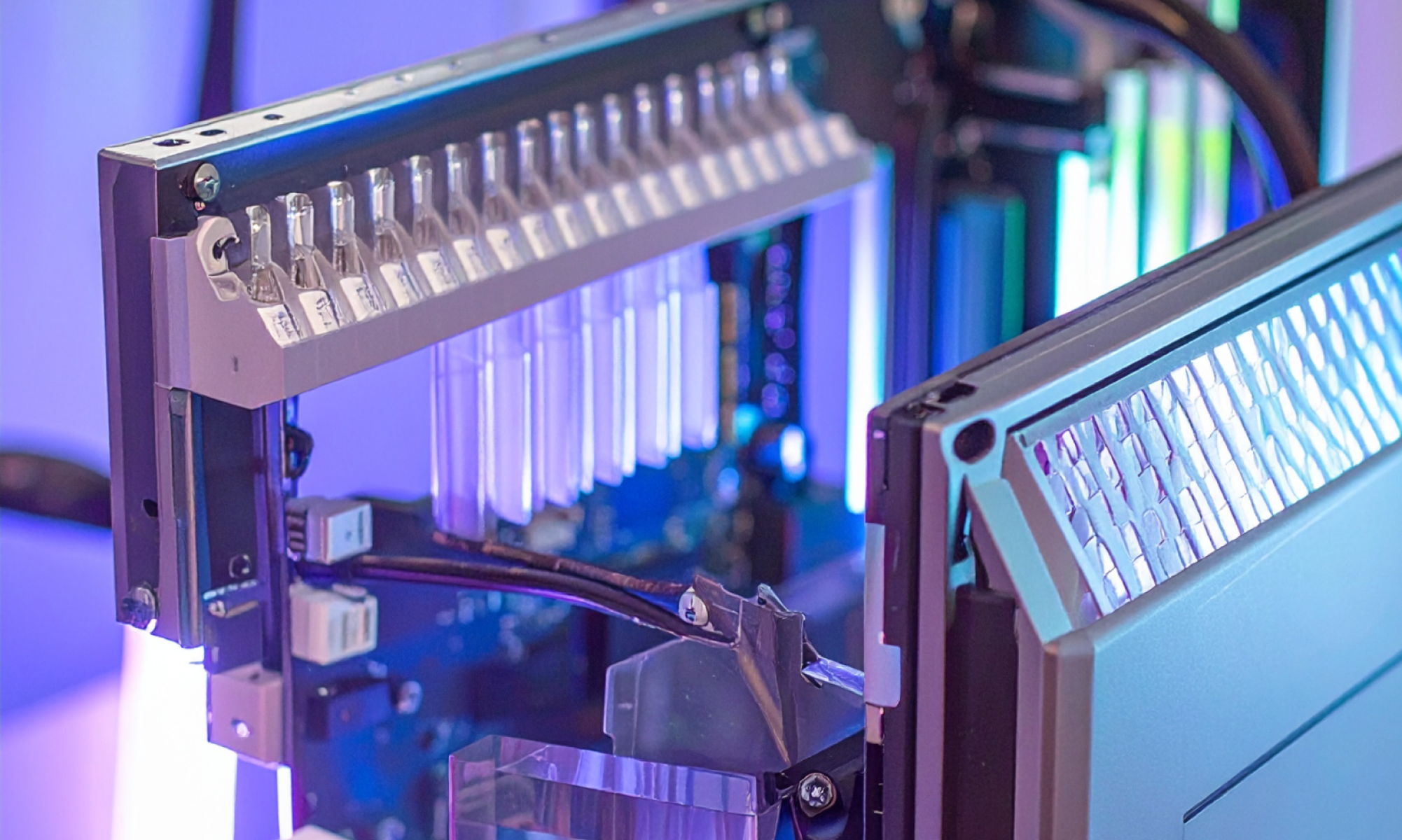AI
our blog
The Future of Automation Testing: Low-Code/No-Code
.png)
Our tech team at Studio Graphene always love a challenge so we decided to hold a “Blog-a-Thon'' competition for our quality analysts and engineers to take part in.
We received a number of entries including posts that looked at the cost of quality in the world of software development, as well as posts exploring all things to do with test management. However the winner -Abhinav Sharma - submitted a post on one of the most trending topics of 2022 - Low-Code and No-Code Automation Testing. Following one of our existing blogs on No-Code Development the topic seemed to be very relevant in current times and we’ve decided to share it on our blog.
Technology has driven change in almost every aspect of business, prompting business owners to rethink how they run their operations. CEOs like Thomas Dohmke of GitHub have been predicting for a while now that no-coding will dominate the industry in near future.
Looking at current business scenarios, especially after the repercussions of Covid, the need for software solutions has exceeded available developers and automation testers. No-Code enables businesses to meet ever-increasing software demand without the need to learn to code.
Why are Low-Code/No-Code platforms the future of automation testing?
The importance of digital innovation and transformation is growing exponentially and according to a report published by the Forrester, the top 3 reasons for shifting to these new techniques are highlighted in the pie chart below:

There are additional factors when using Low-Code/ No-Code techniques that can help boost business output too including:
Freeing up resources for better testing and lower costs - With codeless automation, there’s no need to involve developers in creating UI tests, which is more cost-effective.
Lower maintenance and higher test coverage - Automating tests with visual UI workflows makes it easy to scale and maintain test automation.
Improved adoption with a shared automation solution - It is easy to understand flows created by other users, so other testers can simply pick up and work on other people’s flows with little help.
In sync with the pace of the development cycle - These techniques are easy to learn and implement, and testers can start automation as soon as the UI edits are done.
Low-Code Test Automation:
Low-Code test automation is a technology that has been helping executives with basic coding knowledge to build applications, workflows and processes in less than a few minutes. Unlike traditional computer programming, it uses a more visual approach by providing pre-designed user-friendly templates. In addition, Low-Code automation testing is a modern approach that eliminates the need to write scripts to execute tests.
- Low-Code testing allows testers to test applications by planning, generating, and executing end-to-end tests.
- These tools require little coding knowledge to execute test cases, although coding is obviously required when there are complex test cases to automate.
- Unlike mainstream test automation frameworks, they are more straightforward to understand and use.
Why Low-Code Test automation?
Low-Code Test Automation improves agility since it is easy to build. It allows managers or testers to make agile changes to processes without worrying about changes in complex code and requires less coding knowledge. As a result, it takes less time to implement and build and run the tests. This gives the testers more time to manually figure out the edge cases, increasing the team's productivity overall. It also helps address one of the testers' most persuasive problems - Test Debt.
Low-Code Automation testing represents a unique opportunity to drive a significant structural cost centre and replace it with an "always on" infrastructure that is efficient and powerful in terms of scalability, coverage, awareness of change and responsiveness to downstream factors.
No-Code Test Automation:
No-Code Test Automation is an approach that achieves test automation without writing a single line of code. These platforms have been catering to testers, QA Specialists, automation engineers or non-technical users who may or may not know any actual programming language. Unlike Low-Code automation, No-Code aims at bypassing traditional IT developments' constraints of time and resources in order to improve business processes.
- No-Code automation platforms enable techies and non-techies to automate processes through interactive GUI instead of traditional programming.
- People with no tech knowledge can also use it if they want to test software for any particular use case.
Why No-Code Test Automation?
No-Code automation acts as a liaison between the teams and departments and helps everyone understand and contribute to the quality and efficiency of products and processes. It is a more innovative way of testing automation. Unlike mainstream code automation, testers need not spend hours writing code, maintaining scripts and regression testing. This gives them more time for exploratory testing and finding edge cases. A tester can quickly start automating cases as UI development is completed without wasting time by going through complex coding practices and frameworks.
Low-Code vs No-Code Test Automation:

Takeaway:
With ever increasing demands, adoption of Low-Code/ No-Code platforms within businesses is accelerating. This approach to automation testing helps business users automate more repetitive, error-prone tasks that sometimes hinder focus on higher-level, strategic work that creates more business value.
Additionally these platforms offer a lot more flexibility and real-time experiences to help identify problems and enhance the quality of an application. It’s clear the future of automation is with Low-Code/ No Code platforms, but with machine learning and AI thrown into the mix in the not to distant future, we will really see what these platforms are fully capable of and the true value they offer businesses.









